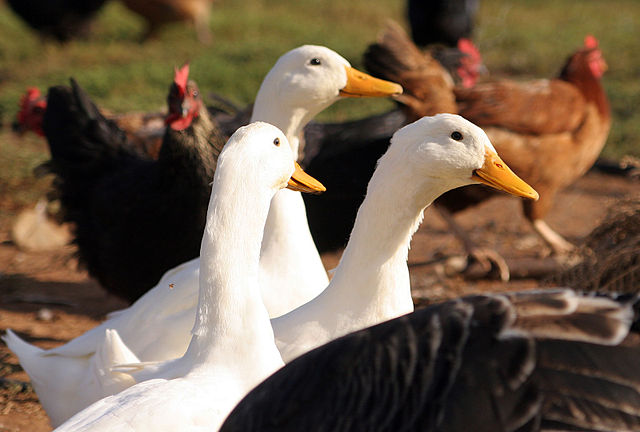The PH’s Department of Agriculture (DA) on October 13, 2025 ended an avian flu-related import ban, reigniting the Philippines-New Zealand poultry trade.
Reports of the end of the scourge in the Kiwi country prompted the PH to resume imports after 10 months.
Manila stated that it was now ready to order poultry products, live chicks and even bird semen from Auckland. This was upon confirmation by the World Organization for Animal Health (WOAH) of complete safety.
The green light happens a week after the DA cleared live bird imports from newly bird flu-free central Asian, Gulf and Scandinavian nations.
NZ’s Long Bird Flu Siege
New Zealand first announced an early case of avian influenza (H7N6 strain) in December 2024 in the southern frontier of Otega.
The country had confirmed that its H7N6 pathogen differed from the H5N1 strain that was even then infecting American wildlife, including cows.
Upon the Otega discovery, the government had cordoned off 10 kilometers square of an infected farm and quarantined 40,000 birds.
By then, the country had a poultry product export worth US$112 million, a little of which chicken.
Various trade partners instituted import bans, with the Philippines’ starting January 8, 2025 via the DA’s Ag secretary Tiu Laurel Jr.
Now that the 10-month Philippines-New Zealand poultry trade suspension is over, the two nations will strengthen former ties. The below statistics look at each of the two country’s separate backyard bird trade profile.
Philippines-New Zealand Poultry Trade Statistics
New Zealand and the Philippines are not each other’s top 5 poultry trade partners. Nevertheless, the PH depends in part for its live bird, bird semen or poultry meat imports from NZ.
The PH produces around 1.63 million tonnes of chicken meat, as of 2025, per the U.S. Department of Agriculture (USDA)’s forecast. This is not enough to satiate a consumption total of 2.11 million tonnes, according to the USDA’s 2025 forecast. This forces Manila to import a further 480,000 tonnes of chicken meat, a part of it from Auckland.
Regarding trade, the Philippines is not a major exporter of live poultry or products. In 2024, poultry exports clocked $28,200 or the 809th most exported good, while imports hit $1.16 million. According to the OEC, the PH’s top 5 import sources include the Netherlands, the U.S., Spain, Hungary and Canada.
New Zealand, on the other hand, counts its backyard bird diversity a fortune. From Túî (P. novaeseelandiae) to the fantail, grey warbler and the famous kiwi, the wild bird niche attracts much tourism. Chicken, ducks, turkeys and others make up backyard birds. External trade on poultry products earns New Zealand some NZ$190 million or $112 million annually, according to Fortune Global.
NZ’s live poultry export earnings hit some US$46.2 million or the 17th highest globally in 2023. The top five destinations were all in Asia, namely Malaysia, Thailand, Japan, Indonesia and Sri Lanka. Fresh/chilled chicken makes up a small part of national poultry product exports while the rest come from other domesticated fowls. According to the World Bank, the country exported some 19.565 tonnes of chicken worth US$115,500 in 2023.
